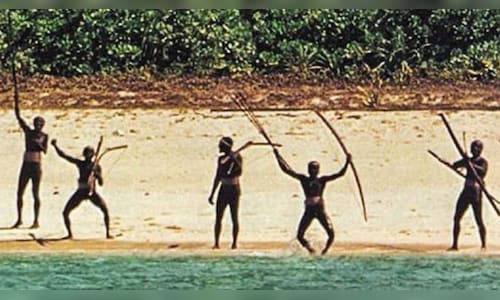
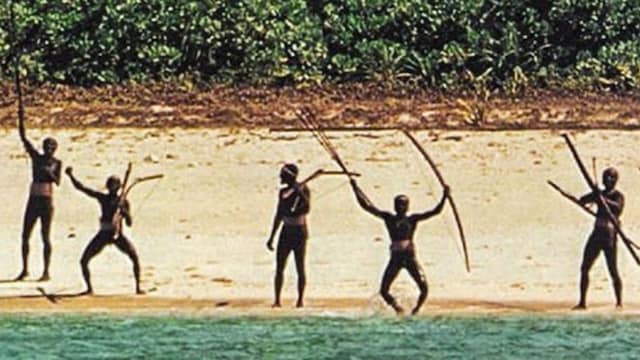
North Sentinel Island, India | A part of the Andaman and Nicobar Islands, North Sentinel Island is home to the Sentinelese, an isolated tribe that has resisted contact with the outside world for thousands of years. Known for their hostility towards outsiders, the tribe fiercely protects its land from intruders. In 2018, an American missionary was killed after attempting to make contact, further solidifying the island’s no-go status. The Indian government has enforced a strict policy against visiting, in order to protect both the tribe and those who would risk their lives trying to reach them. Why it’s forbidden: Protecting the Sentinelese from disease, protecting their way of life, and preventing the spread of viruses to which they have no immunity.
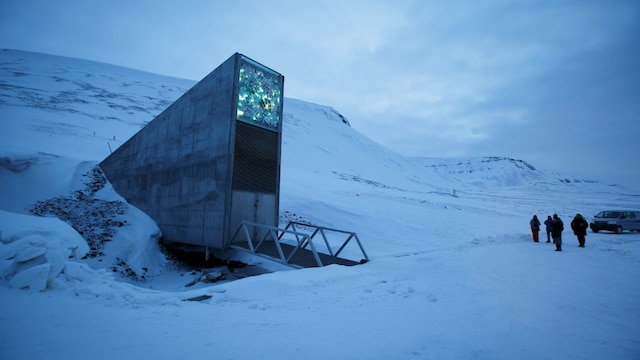
Svalbard Global Seed Vault, Norway | Located on the remote Svalbard archipelago in the Arctic Circle, the Svalbard Global Seed Vault is often referred to as the “Doomsday Vault.” This facility holds the world’s largest collection of plant seeds, intended to preserve plant life in case of global disasters. The vault is a highly secure location, and access is strictly limited to authorized personnel. The vault’s mission is to safeguard genetic diversity, and though it’s meant for scientists and conservationists, the general public cannot visit it. Why it’s forbidden: Ensuring that the vault’s contents remain protected and accessible only to those with scientific need in the event of a catastrophe.
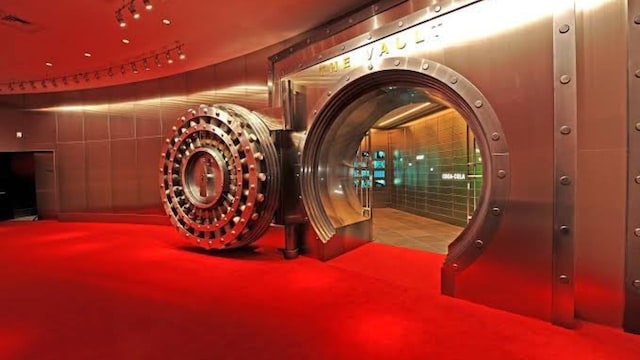
Coca-Cola Recipe Vault, USA | The Coca-Cola formula is one of the most closely guarded secrets in the business world. Housed in a high-security vault in Atlanta, Georgia, the recipe is known only to a handful of individuals. This iconic beverage’s ingredients have been kept under lock and key for over a century. The vault is equipped with advanced security measures, including hand scanners, guards, and stringent protocols to ensure its secrecy is maintained. Why it’s forbidden: Protecting Coca-Cola’s competitive edge and preserving the mystery surrounding the iconic beverage’s formula.
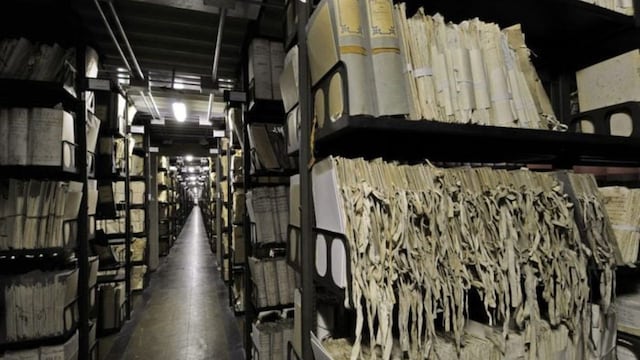
Vatican Secret Archives, Vatican City | The Vatican Secret Archives hold some of the most valuable and sensitive documents in the world, many dating back over a thousand years. These archives are home to everything from state papers to religious texts and historical records, but access is incredibly restricted. Only a select group of scholars are allowed to peruse the materials, and the archives themselves are not open to the general public. Why it’s forbidden: Protecting the vast collection of invaluable and confidential documents, some of which pertain to sensitive political or theological matters.
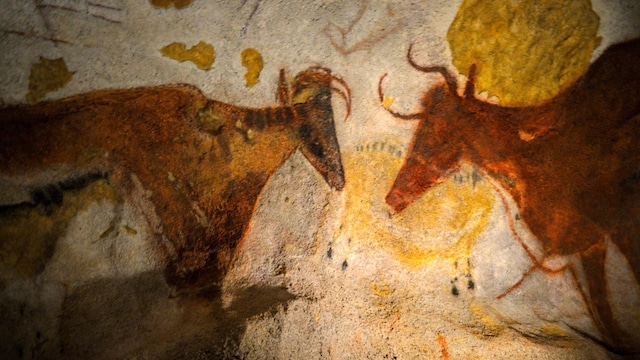
Lascaux Caves, France | The Lascaux Caves, discovered in 1940, are home to some of the most spectacular examples of prehistoric art, including over 600 paintings created by ancient humans some 20,000 years ago. However, the caves were closed to the public in 1963 after it was discovered that the carbon dioxide from visitors’ breath was damaging the delicate paintings. Although replicas of the caves have been created for public viewing, the original caves remain closed. Why it’s forbidden: Protecting the fragile art and preventing further damage to these ancient treasures.
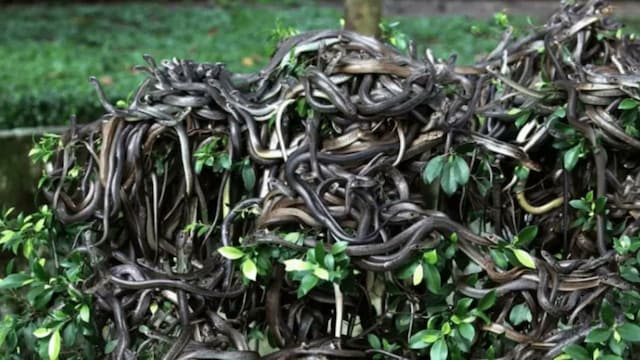
Snake Island (Isla da Queimada Grande), Brazil | Located just off the coast of Brazil, Snake Island is home to one of the deadliest species of snake, the golden lancehead pit viper. With as many as 5,000 snakes inhabiting the island, it’s no surprise that the Brazilian government has declared it off-limits to the public. Access is restricted to a few scientists and researchers studying the island’s unique ecosystem. Why it’s forbidden: To protect both human life and the ecological balance of the island’s dangerous species.
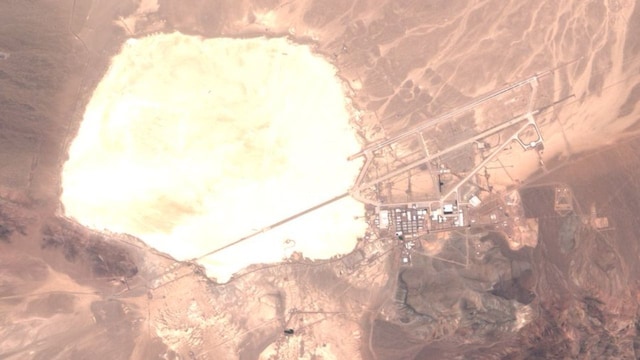
Area 51, USA | Located in Nevada, Area 51 is one of the most famous military sites in the world. For decades, rumors have swirled about extraterrestrial activity and top-secret experiments taking place at this highly classified site. The US government only confirmed its existence in 2013, and it remains one of the most heavily guarded and restricted locations in the world. Why it’s forbidden: National security concerns and the secrecy surrounding military operations, which have fueled endless speculation about extraterrestrial research.
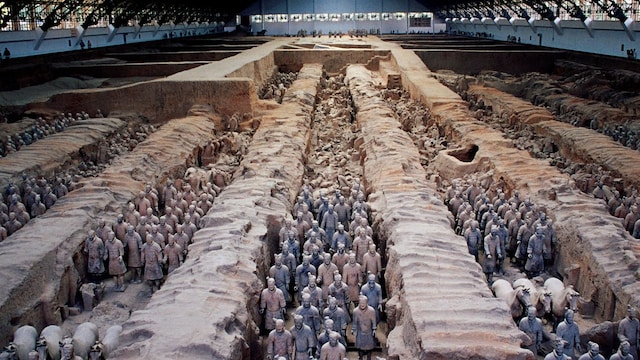
Tomb of Qin Shi Huang, China | The tomb of China’s first emperor, Qin Shi Huang, is famous for the thousands of life-sized terracotta soldiers buried alongside him. However, the tomb itself has never been excavated due to concerns about preserving the delicate artifacts and preventing looting. While the burial site is open to the public, the actual tomb remains sealed. Why it’s forbidden: To preserve the historical integrity of the tomb and prevent damage to the artifacts buried with the emperor.
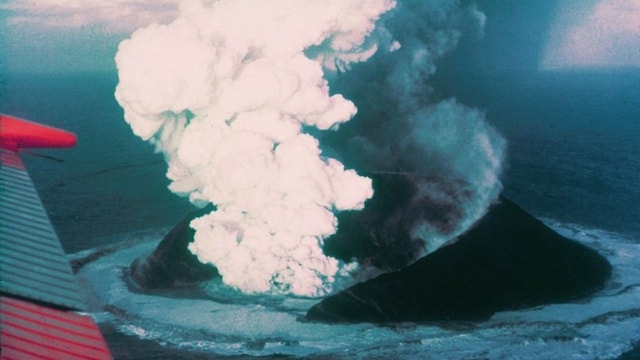
Surtsey Island, Iceland | Surtsey Island was formed by a volcanic eruption in 1963 and remains one of the youngest islands on Earth. While it is an ecological wonder, the island is off-limits to tourists. Only a select group of scientists and researchers are allowed access, as the island’s ecosystems are still in the process of developing and must be preserved in their natural state. Why it’s forbidden: Protecting the natural ecological development of a newly-formed island.
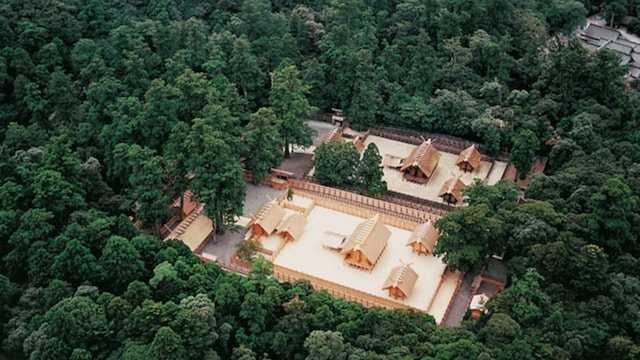
Ise Grand Shrine, Japan | The Ise Grand Shrine is one of the most sacred sites in Japan, dedicated to the sun goddess Amaterasu. It is considered so holy that only members of the Japanese imperial family are permitted to enter the inner sanctum of the shrine. The shrine is rebuilt every 20 years as part of a tradition that has lasted for over a thousand years. Why it’s forbidden: The shrine’s deep religious and cultural significance, which is preserved through strict rituals and prohibitions.
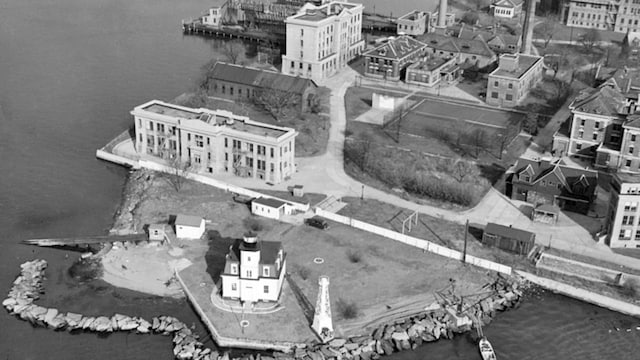
North Brother Island, USA | North Brother Island, situated in New York’s East River, was once home to a quarantine hospital for infectious diseases. Later, it served as a rehabilitation center. Now abandoned, the island is home to a thriving bird sanctuary. Despite its fascinating history, the island is closed to the public to protect its fragile ecosystem and historical structures. Why it’s forbidden: To preserve the island’s historical sites and natural wildlife.
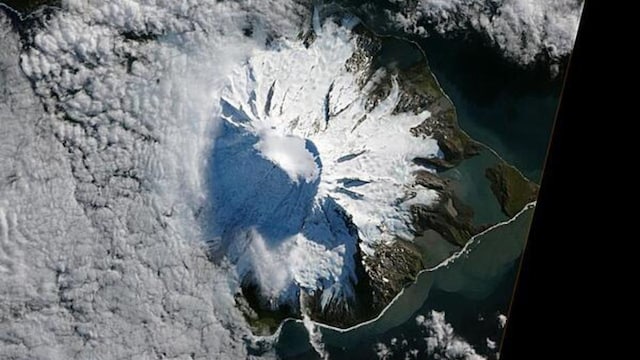
Heard Island, Australia | Heard Island, located between Antarctica and Madagascar, is part of Australia’s external territories. Known for its rugged terrain and active volcanoes, the island is mostly barren and inhospitable. Only a select few scientists are allowed to visit to conduct research on its unique wildlife and ecosystem. Why it’s forbidden: To preserve the island’s pristine, untouched environment.
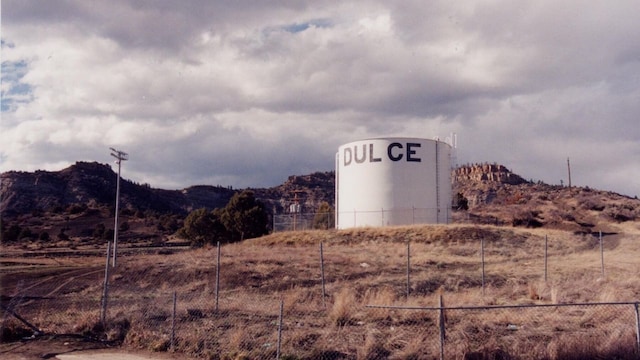
Dulce Base, USA | Located in New Mexico, Dulce Base is the subject of numerous conspiracy theories, with claims of secret government operations, extraterrestrial encounters, and covert research. The base is supposedly an underground facility, and despite much speculation, access is denied to the public. Why it’s forbidden: National security and the confidentiality of purported military and scientific experiments.
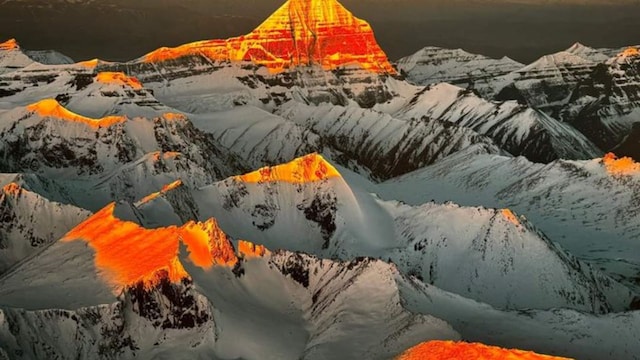
Mount Kailash, Tibet | Mount Kailash is considered a sacred site by followers of Hinduism, Buddhism, Jainism, and the Bon religion. It is believed that climbing the mountain would desecrate its holiness. For this reason, it is strictly forbidden for anyone to attempt to summit the peak. Why it’s forbidden: Its spiritual significance and deep religious reverence make climbing the mountain a sacrilege.



